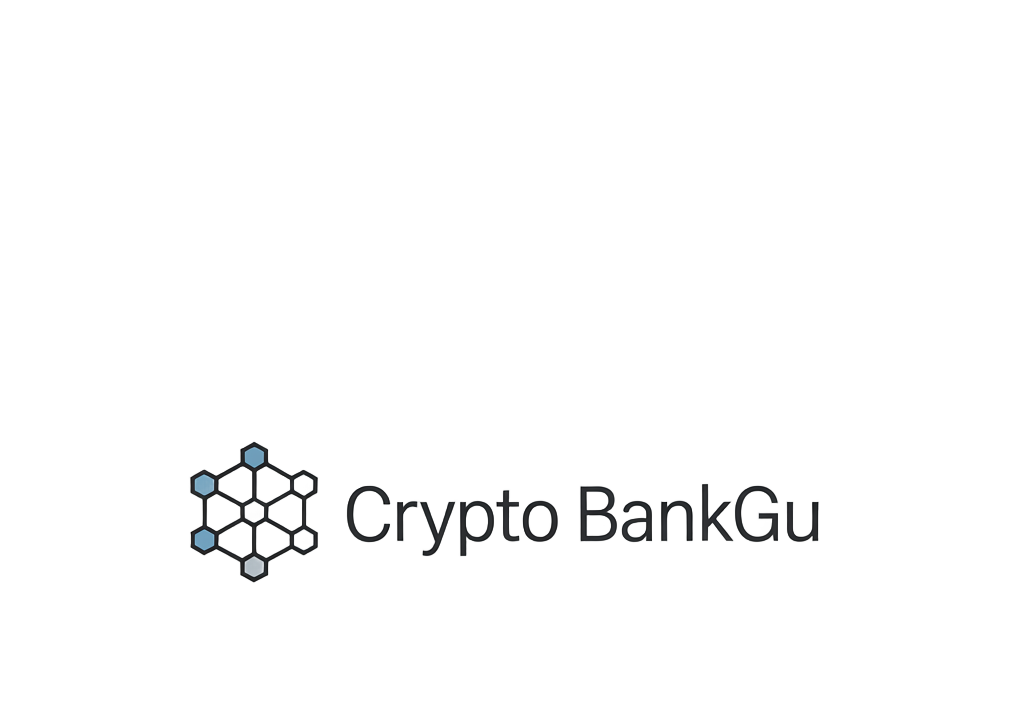
In 2024, the Federal Reserve’s evolving stance on cryptocurrency sent a clear signal to America’s banks: digital assets are no longer fringe experiments, but have become integral to the future of financial services. This policy recalibration, matched by parallel moves from the FDIC and OCC, has already begun to reshape how banks approach crypto adoption.

Regulatory Roadblocks Fall: What Changed in Fed Crypto Policy 2024?
For years, U. S. banks faced a tangle of regulatory uncertainty around crypto activities. Institutions needed explicit approval before offering custody, trading, or payment solutions involving digital assets. That all changed in April 2025 when the Federal Reserve rescinded its restrictive directives, removing the requirement for prior regulatory sign-off. Now, as long as banks demonstrate robust risk management, they have a green light to innovate in crypto banking.
This shift didn’t happen in isolation. The FDIC simultaneously withdrew its own approval mandates for crypto activities at supervised institutions, while the OCC reaffirmed that national banks can provide crypto custody and stablecoin services without regulatory pre-clearance (Forbes). The upshot? U. S. regulators are converging on a model where oversight is focused on risk controls rather than blanket prohibition.
Banks Move Fast: New Crypto Services Hit the Market
With these regulatory barriers lowered, traditional banks are racing to roll out new cryptocurrency products and services. The most immediate impact has been seen in three areas:
Top Ways U.S. Banks Are Embracing Crypto in 2024
-

Offering Crypto Custody Services: Major U.S. banks like BNY Mellon and JPMorgan Chase now provide secure custody solutions for digital assets, safeguarding cryptocurrencies and private keys for institutional and retail clients.
-
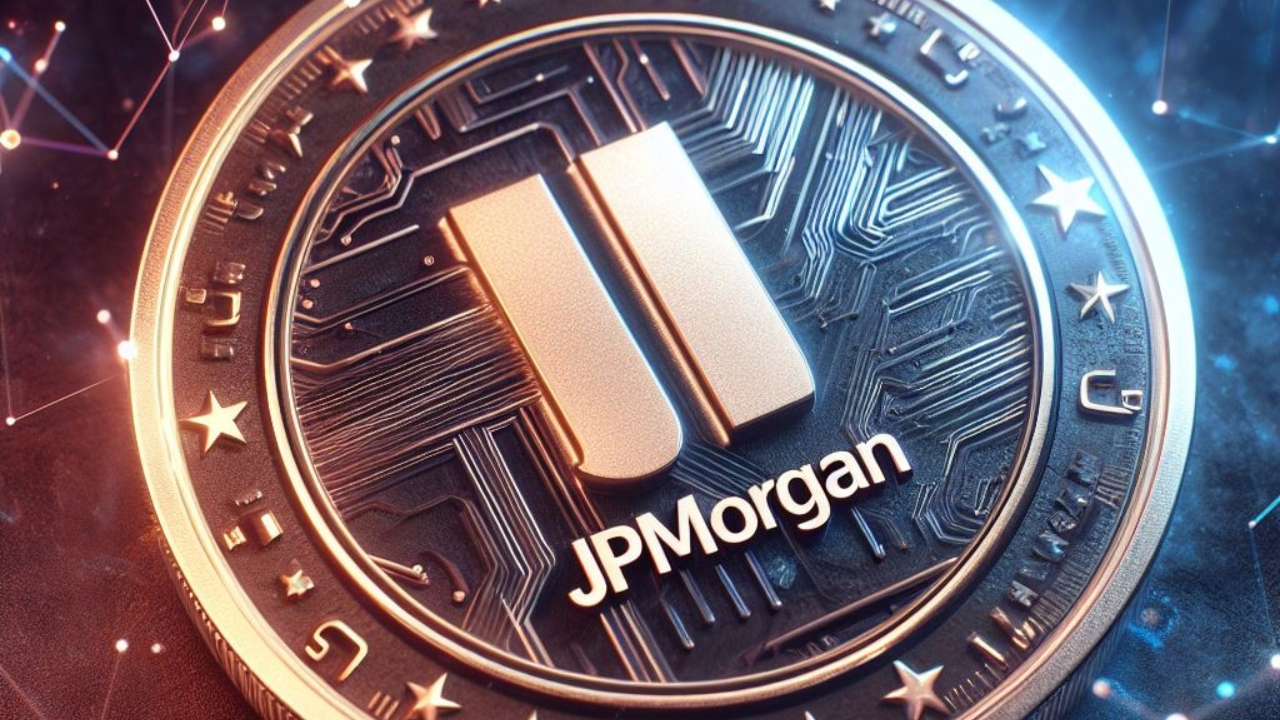
Facilitating Stablecoin Transactions: Institutions such as JPMorgan Chase have launched their own stablecoins (e.g., JPM Coin) and are enabling clients to use stablecoins for real-time payments and settlements on blockchain networks.
-
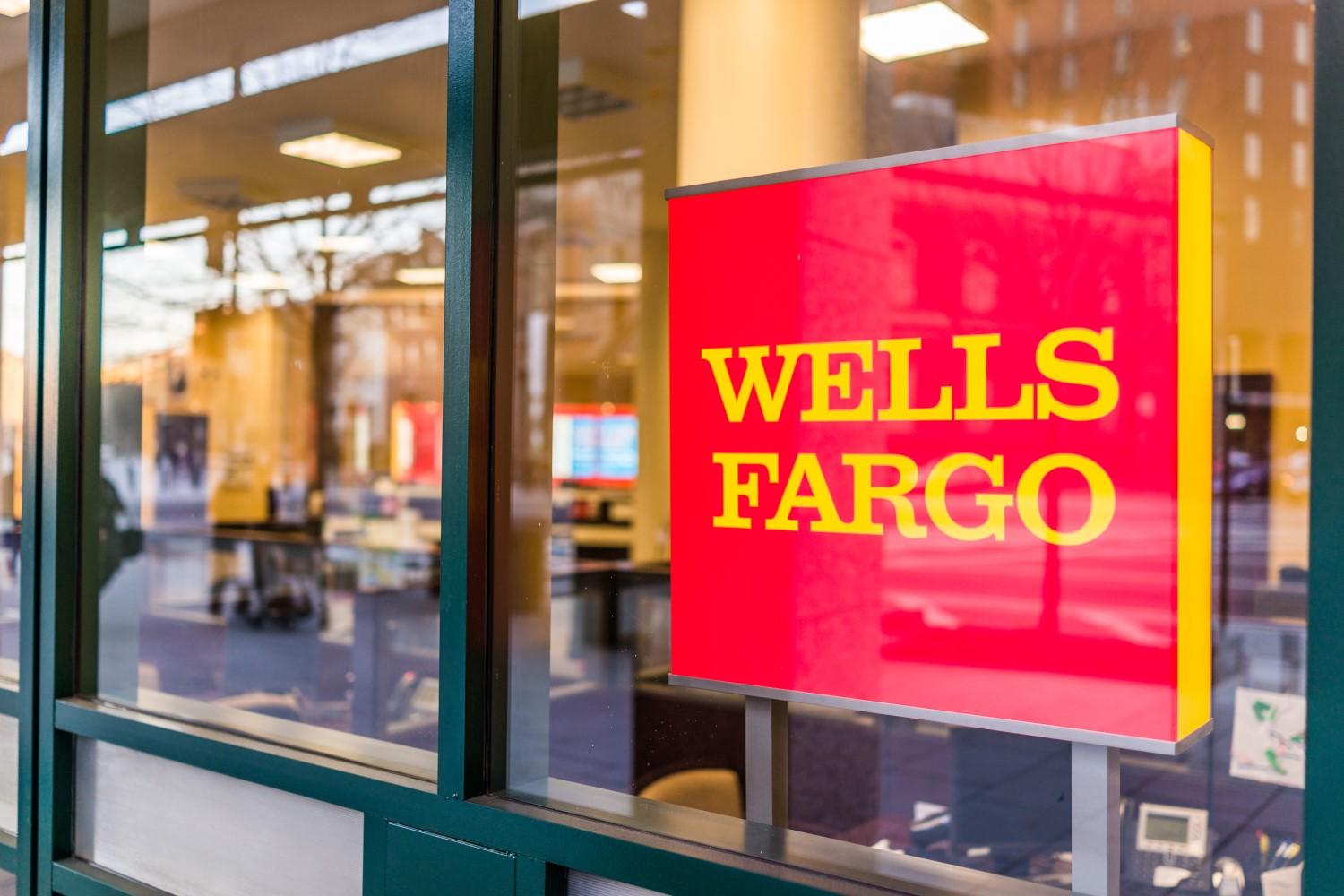
Integrating Blockchain-Based Payment Systems: Banks including Wells Fargo and Citigroup are piloting blockchain platforms to streamline cross-border payments, increase transaction speed, and reduce costs.
-
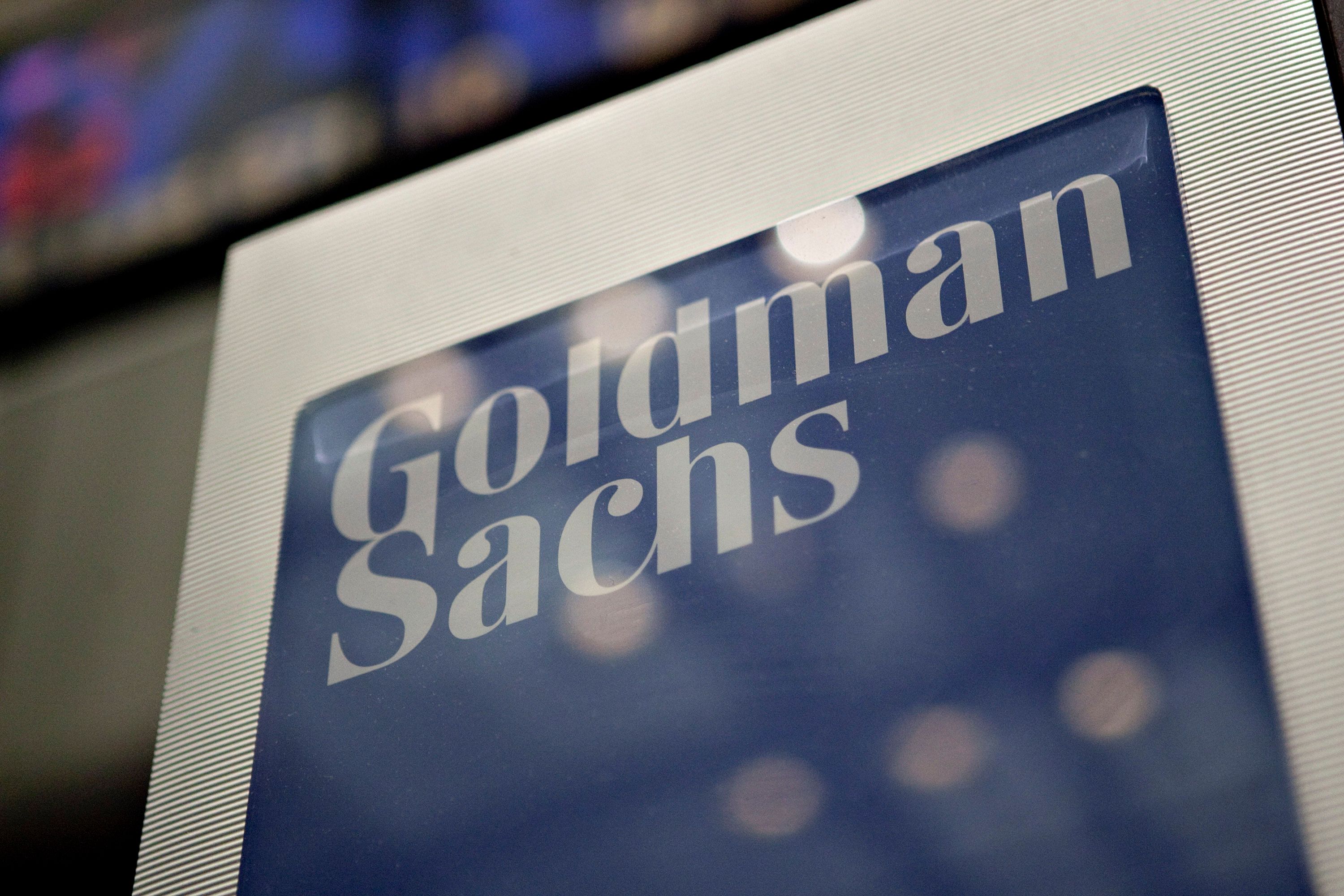
Providing Crypto-Asset Trading and Brokerage Services: Some banks, such as Goldman Sachs and Citigroup, have expanded their offerings to include crypto trading desks and brokerage services for institutional investors.
-
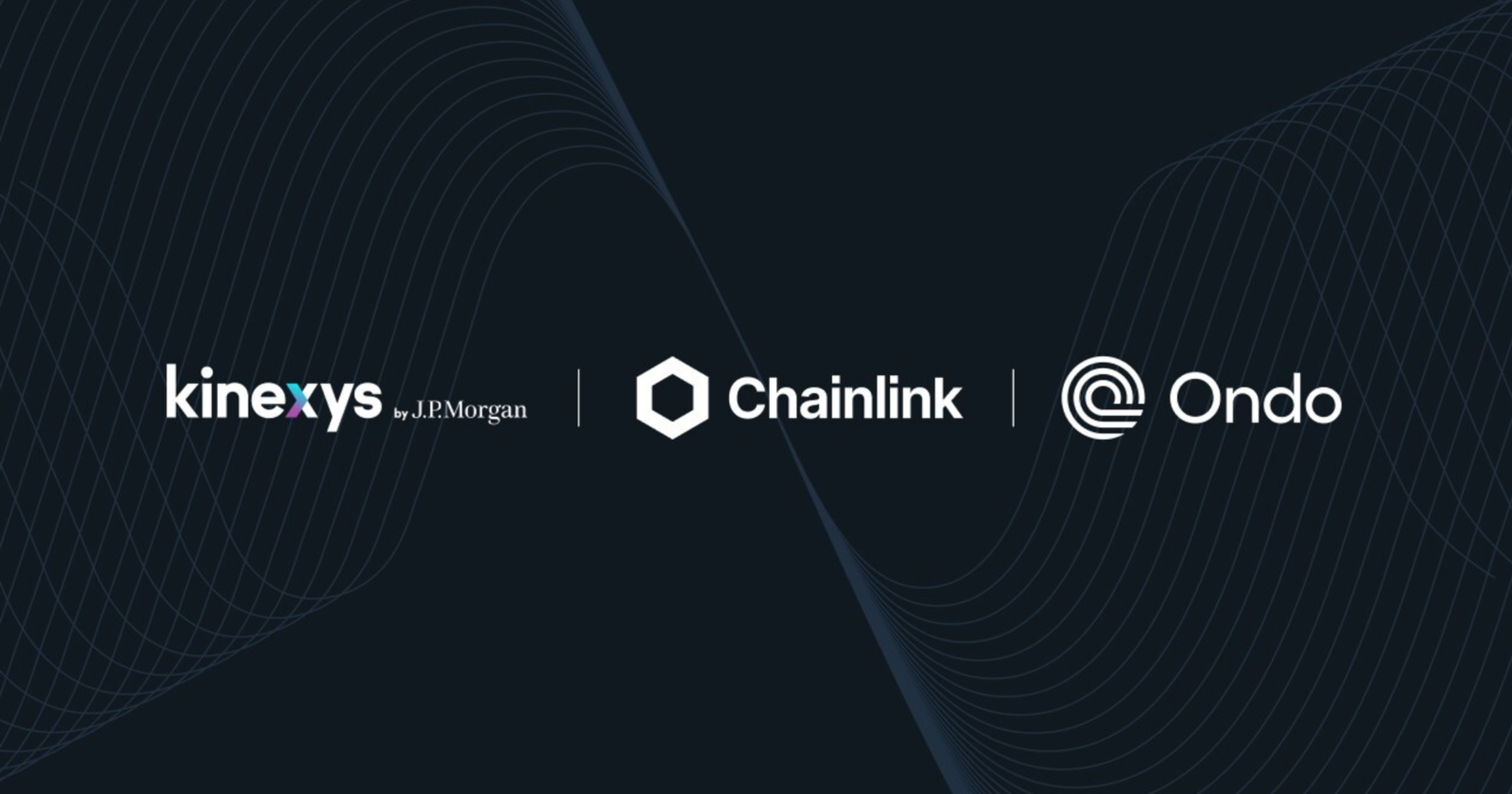
Developing Tokenized Asset Products: Financial institutions like JPMorgan Chase and Bank of New York Mellon are exploring tokenization of traditional assets (e.g., bonds, funds) to offer clients exposure to blockchain-based investment products.
First movers among large institutions are now offering crypto custody solutions, providing secure storage for both retail and institutional clients wary of managing private keys themselves. Others are piloting blockchain-based payment rails that promise near-instant settlement compared to legacy systems.
The stablecoin space is also heating up as banks explore issuing their own tokens or facilitating transactions with existing regulated stablecoins – all under clearer federal guidance. These moves are not just cosmetic; they reflect an industry-wide recalibration toward embracing tokenized assets as part of mainstream finance.
The Regulatory Ripple Effect Across Financial Services
The Federal Reserve’s decision has had ripple effects well beyond Wall Street boardrooms. Smaller regional and community banks now see a pathway into digital asset markets without fear of running afoul of federal authorities (Reuters). For many, this means partnering with fintechs or leveraging white-label solutions to quickly add crypto offerings while maintaining compliance standards.
This regulatory clarity is also catalyzing new partnerships between traditional financial institutions and blockchain startups – further blurring the lines between “old money” banking and digital-native finance.
For consumers, the upshot is a rapidly expanding menu of crypto-enabled banking services. Checking accounts that seamlessly integrate digital assets, instant cross-border payments, and even crypto-backed lending are now emerging from institutions that once viewed such products as too risky or complex. As banks compete to differentiate their offerings, customers can expect more user-friendly interfaces and robust security protocols, potentially setting new industry standards for both convenience and safety.
But this transformation is not without challenges. Banks must still grapple with anti-money laundering (AML) compliance, cybersecurity risks, and the technical demands of integrating blockchain infrastructure with legacy IT systems. The difference in 2024 is that regulatory agencies are providing a clearer playbook, focusing on risk mitigation rather than outright restriction. This has emboldened compliance teams to innovate rather than simply say “no. “
Winners and Watchpoints: Who Benefits Most?
Large incumbents like JPMorgan Chase and Bank of America have quickly leveraged their resources to launch institutional-grade custody solutions and proprietary payment networks built on blockchain rails. However, community banks and credit unions are also finding new relevance by offering tailored digital asset services to local businesses and retail clients, often through strategic alliances with fintech providers.
Meanwhile, fintechs specializing in crypto infrastructure have seen an influx of partnership requests from banks eager to accelerate their go-to-market timelines. This symbiotic relationship is reshaping the competitive landscape: traditional banks gain technical expertise, while startups access broader customer bases and regulatory legitimacy.
Key Benefits U.S. Consumers Are Seeing from Bank Crypto Adoption
-
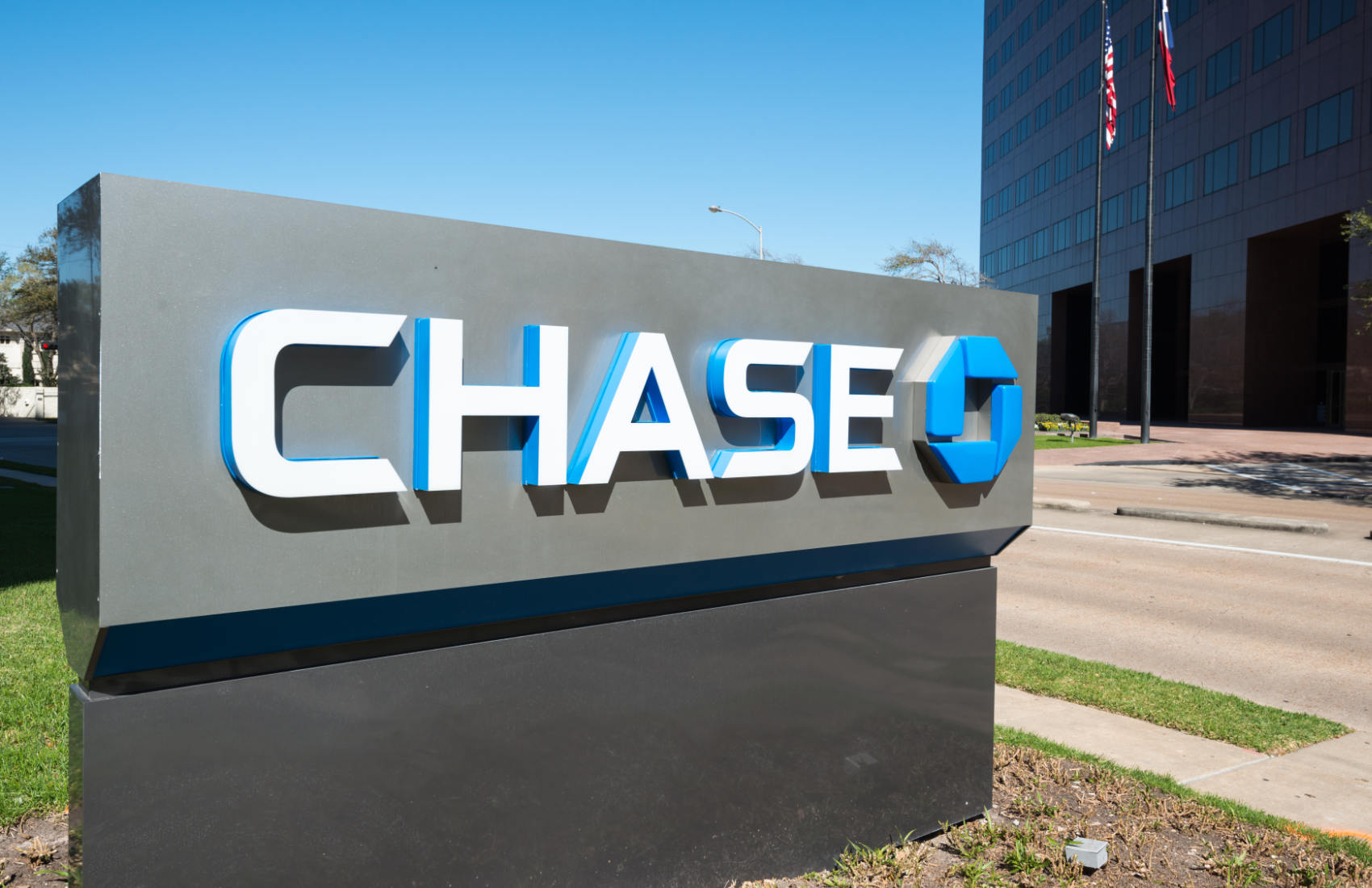
Enhanced Access to Crypto Custody Services: Major U.S. banks like JPMorgan Chase and Bank of New York Mellon now offer secure crypto custody, allowing consumers to store digital assets with trusted, FDIC-insured institutions.
-

Faster and Cheaper Payments via Stablecoins: Banks are integrating stablecoin payment solutions, such as USDC and JPM Coin, enabling near-instant, low-cost transfers compared to traditional wire services.
-
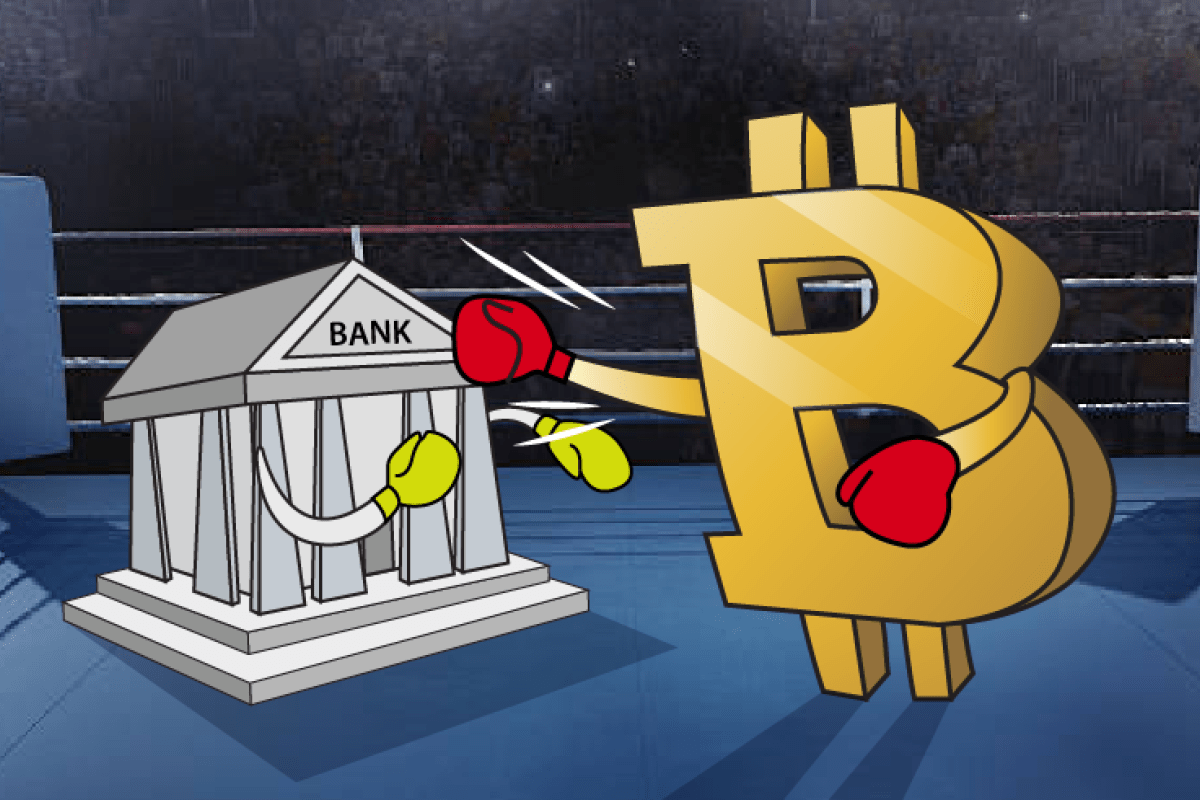
Improved Consumer Protections: With regulatory oversight from agencies like the FDIC and OCC, consumers benefit from clearer safeguards and dispute resolution when accessing crypto services through banks.
-
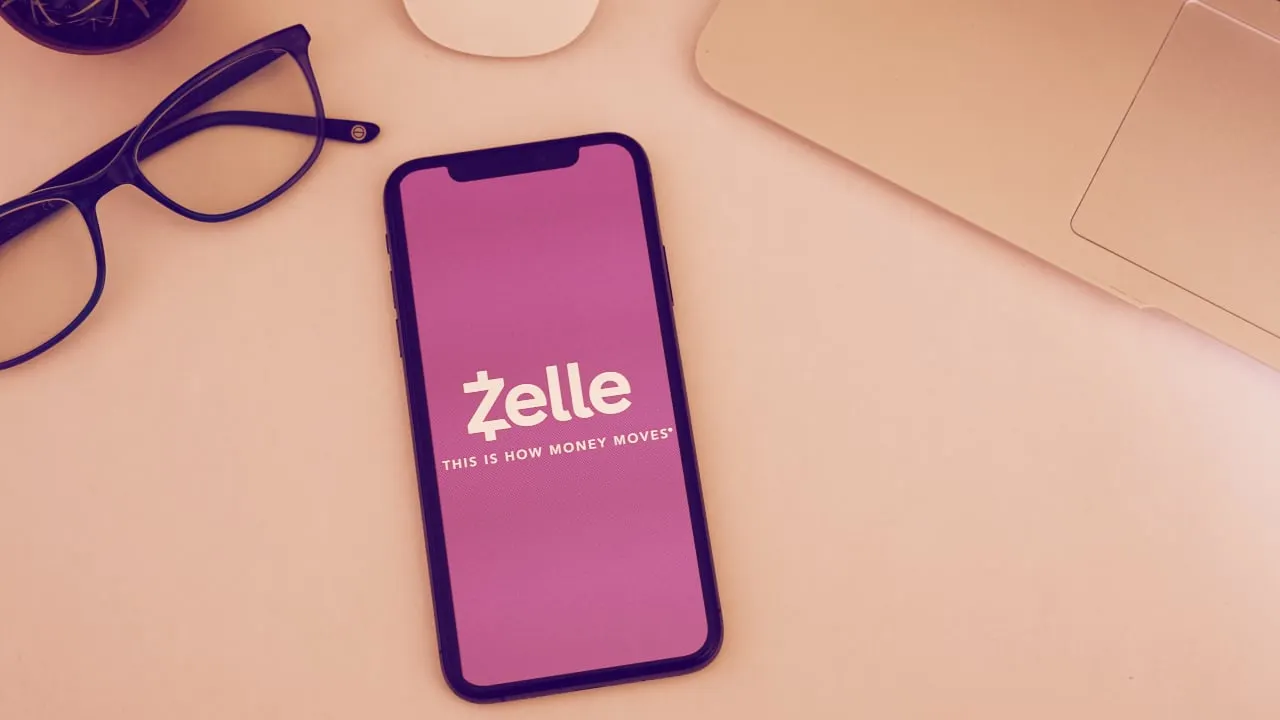
Seamless Integration with Existing Banking Apps: Leading banks, including Wells Fargo and Citibank, are incorporating crypto features directly into their mobile and online platforms, making it easier for users to manage both fiat and digital assets in one place.
-

Increased Transparency and Regulatory Clarity: Recent Federal Reserve and FDIC guidance ensures that banks’ crypto offerings are subject to clear compliance standards, giving consumers greater confidence in digital asset services.
Looking Ahead: Will Crypto Become a Standard Banking Service?
The momentum spurred by 2024’s Fed policy changes suggests that cryptocurrency is on its way to becoming a standard feature of mainstream banking in the United States. As more institutions roll out secure custody, stablecoin transactions, and tokenized asset management, customer expectations will shift, and laggards risk losing market share.
Still, questions remain about how quickly smaller banks can adapt without overextending themselves technologically or operationally. Ongoing scrutiny from federal agencies will likely keep risk management front-and-center as the sector evolves.
Ultimately, the Federal Reserve’s recalibrated approach has set off a chain reaction across financial services, a move likely to accelerate both innovation and adoption as digital assets become embedded within everyday banking experiences.
